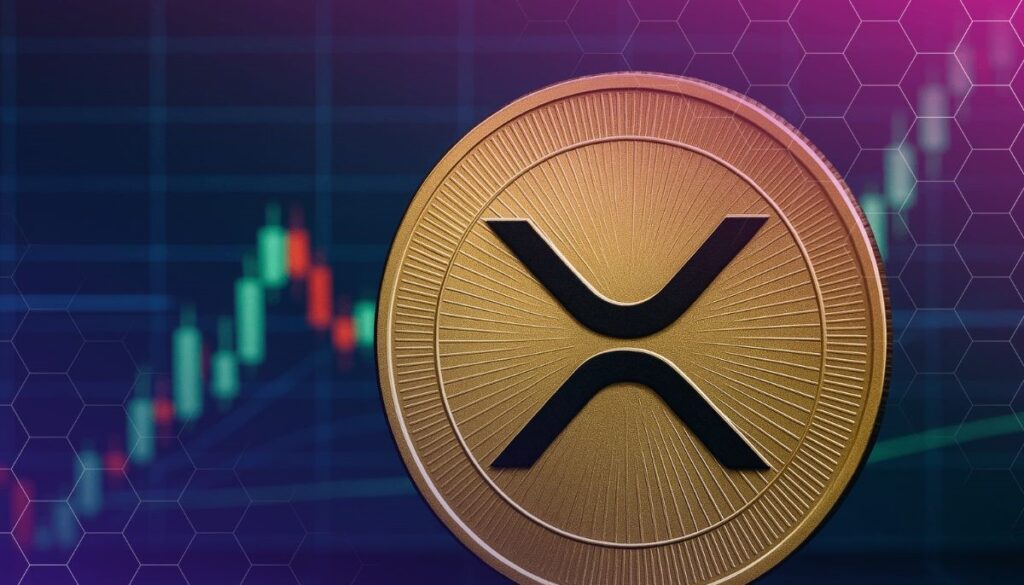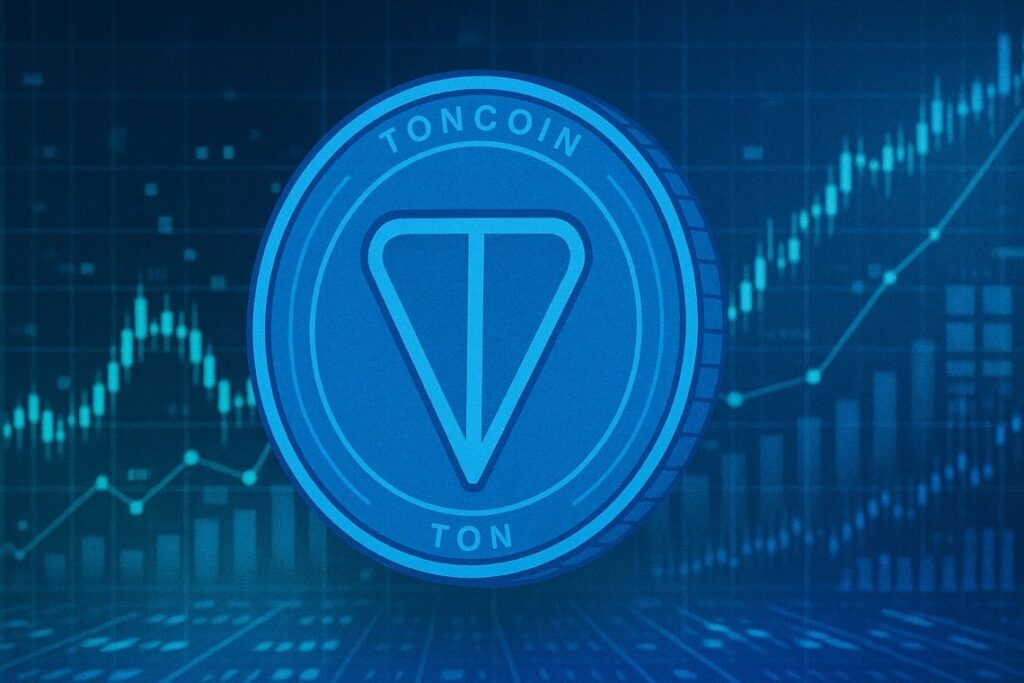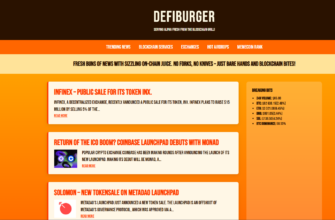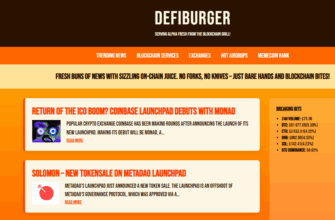Every crypto cycle feels a bit different, doesn’t it? One year the hype is all about NFTs, the next it’s DeFi, and now everyone’s talking about AI coins and layer-2 networks. But despite all the noise, some projects keep proving their worth year after year. If you’re wondering where to put your attention (and maybe your money) in 2025, here’s my personal take on ten cryptocurrencies that actually make sense to watch.
1. Bitcoin (BTC)
Let’s be honest — Bitcoin is still the king. It’s been declared dead hundreds of times, yet here we are again. Institutions are buying, ETFs are growing, and the upcoming halving keeps the market excited. I don’t expect crazy overnight gains, but I do see BTC as the foundation of any serious crypto portfolio. Long-term, a price between $100,000 and $150,000 in 2025 doesn’t sound unrealistic. If you don’t want to overthink timing, dollar-cost averaging still works like magic.
2. Ethereum (ETH)
Ethereum remains the backbone of Web3. Even with all the competition, most serious projects still build on ETH or use its ecosystem. Since moving to Proof of Stake, it’s become more efficient and even slightly deflationary. I like that it’s no longer just about speculation — it actually generates yield through staking. Personally, I see ETH somewhere around $6,000–$10,000 if the next bull run really takes off.
3. Solana (SOL)
Solana had its ups and downs, no doubt about that. Network outages, FTX drama — it’s been a wild ride. But lately, the project has bounced back with impressive speed and volume. It’s fast, cheap, and surprisingly reliable now. For NFT traders and DeFi users, it’s one of the best altcoins to invest in this year. I wouldn’t be shocked if SOL hits the $300–$400 range in 2025.

4. Cardano (ADA)
Cardano moves slowly, but that’s kind of its thing. The team prefers to do everything by research and peer review. It’s not flashy, but it’s consistent. The project focuses a lot on real-world applications like education and banking in developing countries, which could finally pay off. I’d expect ADA to grow steadily, maybe reaching $2 or $3 if adoption keeps expanding.
5. Avalanche (AVAX)
Avalanche doesn’t get as much media attention as it used to, but it’s quietly building one of the fastest networks out there. It’s compatible with Ethereum, supports custom subnets, and has a strong developer base. AVAX might not skyrocket overnight, but I see solid mid-term potential here — possibly around $100–$150 if the next wave of DeFi picks up momentum again.
6. Polkadot (DOT)
Polkadot’s main goal has always been to connect different blockchains into one ecosystem. It’s a complex idea, but a powerful one. The parachain system gives projects flexibility while keeping them part of a larger network. The price action has been quiet lately, but that could change once cross-chain tech becomes more mainstream. A range between $15 and $30 feels realistic in 2025.
7. Chainlink (LINK)
If you use DeFi, you’ve probably interacted with Chainlink without even knowing it. It’s the invisible bridge that connects smart contracts with real-world data — like prices, weather info, or even sports results. In other words, it’s critical infrastructure. As DeFi grows, Chainlink grows. I wouldn’t call it an explosive investment, but it’s one of the safest long-term holds in the altcoin market. Around $30–$40 seems possible if DeFi activity picks up.
8. XRP (Ripple)
XRP is the coin everyone loves to argue about. Some hate it for being too close to banks, others love it for the same reason. Whatever your opinion, it’s hard to ignore its global partnerships and fast transactions. With most of its legal drama behind it, Ripple could finally see steady growth. I’m not betting on crazy numbers, but $1.50 to $2.50 is within reach if they keep expanding their payment network.

9. Arbitrum (ARB)
Layer-2 solutions are the new buzz, and Arbitrum is leading the pack. It’s built on Ethereum but much faster and cheaper. Developers love it, users love it, and its ecosystem is growing quickly. It feels like what Ethereum used to be before gas fees got out of hand. It’s still early for ARB, which means more risk but also more potential reward. A $5–$6 price target sounds fair if activity keeps growing.
10. Toncoin (TON)
Toncoin is a bit of a wild card. Originally launched by Telegram, it’s now becoming its own thing — fast, simple, and accessible to millions of Telegram users. That user base could make a massive difference if crypto adoption spreads through messaging apps. The project feels fresh, and I think it has room to surprise everyone. If things go well, $10–$15 seems totally possible by 2025.

What’s Next for the Market
The big theme for 2025 looks like connection and usability. We’re moving away from pure speculation and toward real products, real utility, and integrations with AI, gaming, and traditional finance. More regulation is coming too — not necessarily a bad thing, since it helps big money feel safer entering the space. Real-world assets on-chain, scalable networks, and interoperability are all trends worth watching closely.
A Few Investment Tips for 2025
If you’re thinking of building a crypto portfolio this year, I’d suggest keeping a balance. Bitcoin and Ethereum should probably make up your core, then you can sprinkle in some of the more experimental altcoins like Solana, Arbitrum, or Toncoin. Don’t forget that staking, yield farming, and holding stablecoins can all generate passive income. And most importantly — don’t try to time every move. Consistency usually beats luck in the long run.
Final Thoughts
2025 could easily turn out to be one of the most interesting years for crypto yet. We have innovation, institutional money, and better technology than ever before. No one can predict prices perfectly, but what’s clear is that crypto isn’t going anywhere. If you pick your projects wisely and stay patient, the next bull market might reward that patience handsomely.







